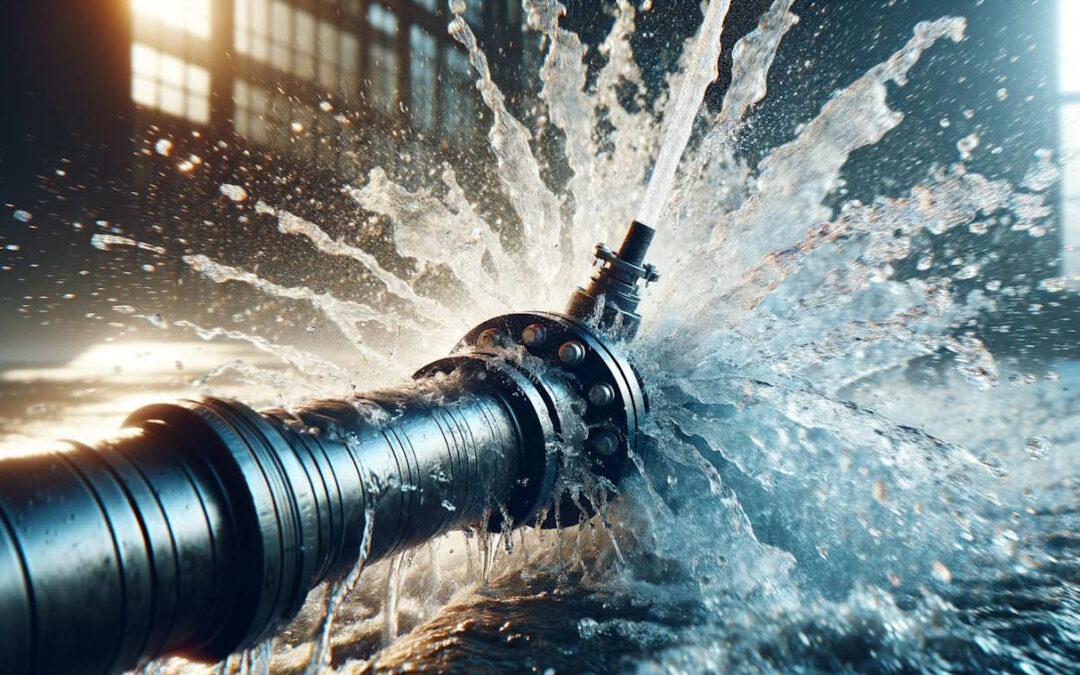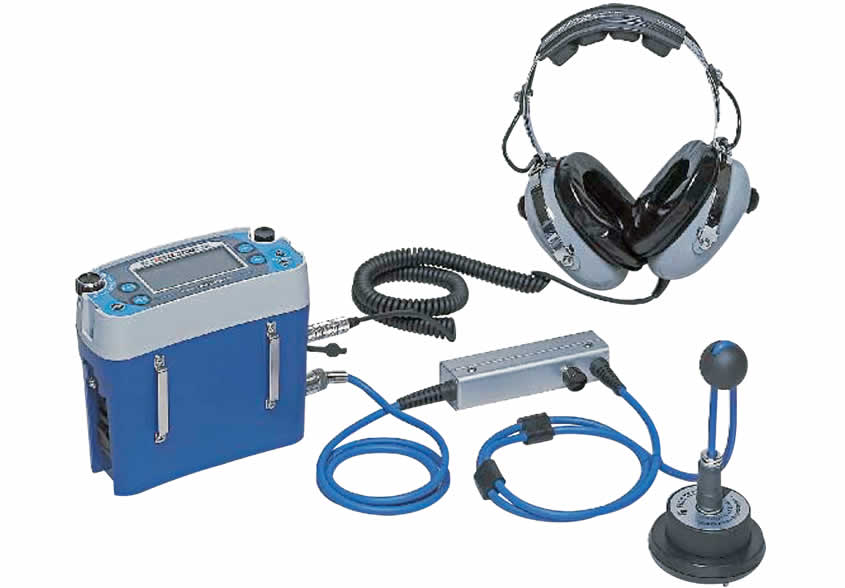Innovative Solutions for Very Early Discovery of Water Leaks in Structures and Facilities
As the stability of structures and facilities is paramount, the obstacle of early detection of water leaks has stimulated innovative solutions that assure to transform the means we secure against potential problems. From innovative leak detection modern technologies to the implementation of IoT sensing units for real-time tracking, the landscape of leak avoidance is progressing quickly. Artificial intelligence formulas offer a look into the future of leakage forecast, while thermal imaging presents a non-intrusive technique for determining covert leaks. Automated water flow analysis systems are improving how leaks are determined and dealt with, leading the way for a proactive method to water leakage detection. Each of these services holds the vital to making certain the reliability and durability of our constructed atmosphere, motivating a change towards a more lasting and reliable future.
Advanced Leakage Discovery Technologies
Advanced leak detection innovations, furnished with sophisticated sensors and algorithms, play a crucial role in swiftly determining and determining water leakages in different setups. These technologies utilize a combination of acoustic, thermal, and electro-magnetic picking up approaches to spot leaks precisely. Acoustic sensors spot the noise of escaping water, enabling specific localization of the leakage source. Thermal imaging detects temperature modifications triggered by water leakage, giving another efficient approach for leak recognition. Electro-magnetic sensors can recognize adjustments in magnetic fields brought on by water, providing yet another layer of leak detection capacity.

IoT Sensors for Real-Time Tracking
In the realm of modern-day water leak detection, the combination of IoT sensing units for real-time monitoring represents an essential advancement in boosting proactive leak discovery abilities. These sensing units provide continual surveillance of water systems, providing real-time data on water circulation rates, pressure variants, and temperature level changes. By leveraging IoT innovation, these sensing units can find also the smallest abnormalities in water use patterns, enabling early identification of prospective leakages before they intensify right into significant problems.
IoT sensors send information to a central platform, where innovative algorithms analyze the details and generate signals or alerts when abnormalities are detected. This real-time monitoring capability allows home proprietors or facility managers to promptly address leakages, lessening water damage, decreasing repair costs, and preserving water sources.
Moreover, IoT sensors can be integrated with structure monitoring systems, enabling for automated responses to identified leakages, such as shutting down water shutoffs or turning on pumps to alleviate the impact of leakages. Generally, the application of IoT sensors for real-time surveillance dramatically improves the efficiency and performance of water leakage detection in buildings and infrastructure.
Artificial Intelligence Algorithms for Leakage Prediction

One trick advantage of using artificial intelligence for leakage prediction is its capacity to constantly learn and improve its precision with time. As more information is accumulated and fed into the algorithm, it can fine-tune its predictions and adapt to changing conditions, ultimately raising the dependability of leak detection systems.
Moreover, equipment discovering algorithms can aid in determining subtle signs of leakages that might go unnoticed by typical surveillance techniques. water leak detection. By evaluating complex information embed in real-time, these formulas can supply early cautions and notifies, permitting prompt intervention and precautionary upkeep to minimize possible water damage and connected prices
Using Thermal Imaging for Leak Discovery
Thermal imaging technology uses a promising method for finding water leakages in various systems and infrastructures. By making use of infrared radiation and temperature differences, thermal imaging cameras can recognize covert leakages that are not conveniently noticeable to the nude eye.
One of the key advantages of thermal imaging for leakage discovery is its non-intrusive nature. Generally, the use of thermal imaging innovation improves the effectiveness and accuracy of water leak detection, making it a valuable device for preserving the integrity of buildings and frameworks.
Automated Water Circulation Analysis Systems
How can automated water circulation analysis systems revolutionize the discovery and administration of leakages in various systems and frameworks? find out here now Automated water flow analysis systems supply an aggressive technique to leakage detection by continuously keeping an eye on water flow rates and patterns. By developing standard information, these systems can promptly recognize variances that may indicate a leak, enabling timely intervention to stop extensive damage.
These systems use innovative formulas to examine real-time data and provide immediate informs when abnormalities are found, enabling for swift activity over at this website to be taken. Additionally, automatic water circulation evaluation systems can be integrated with building administration systems or IoT systems, improving total efficiency and allowing remote monitoring capabilities.
In addition, the information gathered by these systems can be made use of for predictive maintenance functions, aiding to determine possible powerlessness in the facilities prior to leakages happen. On the whole, the execution of automated water flow analysis systems can dramatically boost leak detection and management methods, inevitably resulting in cost financial savings, minimized water wastefulness, and increased sustainability in buildings and facilities.

Final Thought
To conclude, the integration of innovative leakage detection modern technologies, IoT sensors, artificial intelligence formulas, thermal imaging, and automated water flow evaluation systems provides ingenious options for early discovery of water leaks in structures and infrastructure. These innovations allow real-time surveillance, forecast of leaks, and reliable discovery methods to avoid water damages and wastage. Executing these solutions can assist in keeping the stability and sustainability of water supply in various settings.
Comments on “The Relevance of Regular Water Leak Detection for Long-Term Home Security”